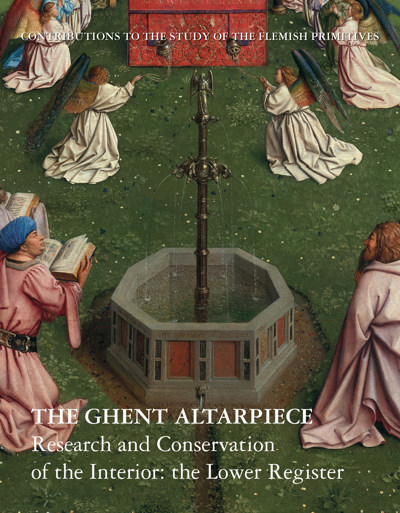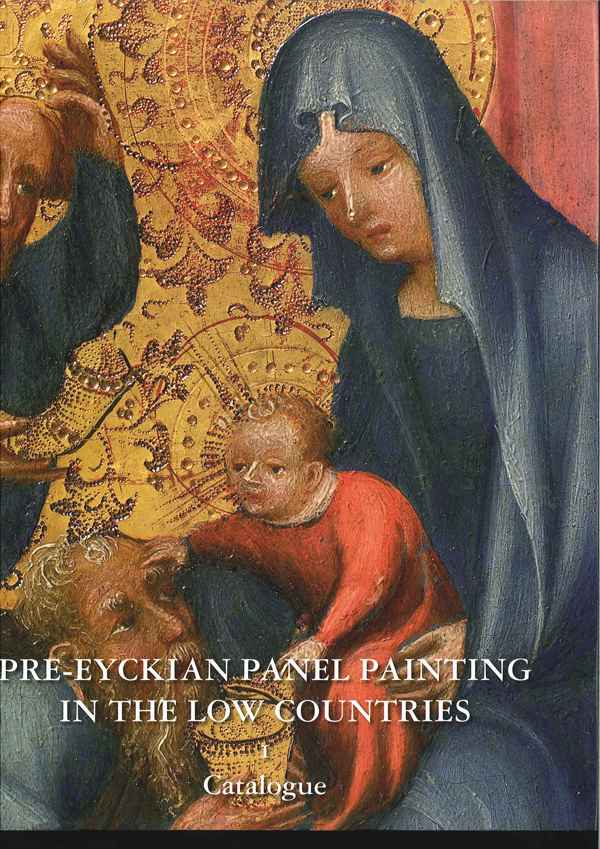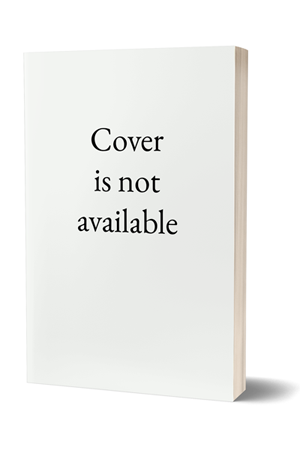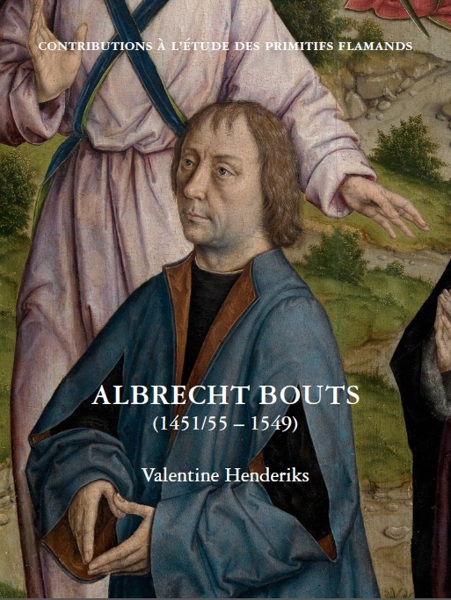
- Pages:2 vols, 728 p.
- Size:218 x 283 mm
- Illustrations:400 col.
- Language(s):English
- Publication Year:2009
- € 56,61 EXCL. VAT RETAIL PRICE
- ISBN: 978-2-87033-014-2
- Paperback
- Available
On sale at the KIK-IRPA reception desk via publi@kikirpa.be (https://www.kikirpa.be/)
"[...] this excellent publication, although still incomplete, offers a very useful starting point." (Jan Piet Filedt Kok, in The Burlington Magazine, CLII, February 2010, p. 102)
"L'expérience et le savoir-faire des auteurs conjugués à la particularité du corpus d'oeuvres étudiées garantissent à la fois la richesse et la pertinence des informations. D'autre part, la qualité de la présentation et des illustrations, la clarté des descriptions, quasiment pédagogiques pour certaines questions techniques, font que le néophyte en la matière trouvera autant d'intérêt et de plaisir à ce beau livre que les spécialistes." (Sophie Moreaux, dans CeROArt [en ligne], 4, 2009)
This publication is the joint endeavour of three institutions.
- The Centre for the Study of Fifteenth-Century Painting in the Southern Netherlands and the Bishopric of Liège has included the publication in its prestigious series and has supported the work thanks to the substantial financial sponsorship of a private donor.
- The Royal Institute for Cultural Heritage (IRPA/KIK), which initiated the research project in 2003, has funded all the documentation and the English translation.
- The Léon Courtin-Marcelle Bouché Foundation, administered by the King Baudouin Foundation has provided the larger part of the production costs.
Surviving pre-Eyckian panel painting of around 1400 is in short supply, but more remains than was thought. At present the list of works to be studied includes some thirty objects in collections in Belgium and elsewhere.
In the first volume ten objects, which in fact constitute the majority of pre-Eyckian works in Belgian collections, are documented as thoroughly as possible. Their interpretation is underpinned not only by classic art historical analysis but also by macro-photography, X-radiography, infrared photography and reflectography, dendrochronological data and, in so far as was feasible or justifiable, laboratory analysis of pigments and binding media. The research has benefited to the full from the expertise of the many specialists of the IRPA/KIK.
In volume two of this publication are a number of individual contributions by ‘guest authors’. They cover diverse topics, ranging from specific technical observations regarding one noteworthy feature or group of works, to historical context, peripheral iconographic phenomena, aspects of restoration, and the exploration of Ghent’s archives by way of a case study.



